The Central African Republic (CAR) is a landlocked country located in the heart of Africa, surrounded by Chad to the north, Sudan to the east, the Democratic Republic of the Congo to the south, the Republic of the Congo to the southwest, and Cameroon to the west.
Despite its challenges, the CAR is blessed with vast natural resources, breathtaking landscapes, and a rich cultural heritage. The country’s incredible biodiversity, including some of Africa’s most pristine rainforests and savannas, offers travelers a unique opportunity to explore its untamed wilderness and engage with its diverse communities.
Table of Contents
Geography
The Central African Republic covers an area of approximately 622,984 square kilometers, making it the 45th largest country in the world. The country’s terrain is predominantly flat with plateaus and savannas, interspersed with dense tropical forests in the south. The Ubangi River forms part of its northern border and is crucial for transportation and trade.
The CAR is also home to the Sangha River, which flows through the picturesque Lobéké National Park, providing habitat for various wildlife species. The climate in the Central African Republic is tropical, characterized by a wet and dry season. The wet season typically lasts from May to October, bringing heavy rainfall and nourishing the rich flora and fauna. The dry season, from November to April, is marked by warmer temperatures and less humidity.
The country’s diverse ecosystems, ranging from savannas to rainforests, provide habitats for numerous species, including elephants, gorillas, and various bird species, making it a biodiversity hotspot.
States of Central African Republic
The Central African Republic is divided into 16 administrative divisions known as prefectures (not states), along with one autonomous commune. The 16 prefectures are further grouped into regions, and the autonomous commune is the capital city, Bangui. Here is the table listing the 16 prefectures of the Central African Republic along with their respective capitals:
| No. | Prefecture | Capital |
|---|---|---|
| 1 | Bamingui-Bangoran | Ndélé |
| 2 | Basse-Kotto | Mobaye |
| 3 | Haute-Kotto | Bria |
| 4 | Haut-Mbomou | Obo |
| 5 | Kémo | Sibut |
| 6 | Lobaye | Mbaïki |
| 7 | Mambéré-Kadéï | Berbérati |
| 8 | Mbomou | Bangassou |
| 9 | Nana-Grébizi | Kaga-Bandoro |
| 10 | Nana-Mambéré | Bouar |
| 11 | Ombella-Mpoko | Bimbo |
| 12 | Ouaka | Bambari |
| 13 | Ouham | Bossangoa |
| 14 | Ouham-Pendé | Bozoum |
| 15 | Sangha-Mbaéré | Nola |
| 16 | Vakaga | Birao |
Additionally, Bangui, the capital city of the Central African Republic, is an autonomous commune.
History
The history of the Central African Republic is marked by a complex interplay of indigenous cultures, colonial rule, and post-independence challenges. The region has been inhabited for thousands of years, with various ethnic groups, such as the Baya, Banda, and Mandjia, contributing to its rich cultural tapestry.
In the late 19th century, the area became a part of French Equatorial Africa, leading to significant changes in the social and economic structures of the region. French colonial rule introduced new governance systems, agriculture, and infrastructure but often disregarded the traditional customs and practices of the local populations. The Central African Republic gained independence from France on August 13, 1960.
However, the post-independence period has been tumultuous, with a series of military coups and political instability. The first president, David Dacko, was overthrown by his cousin, Jean-Bédel Bokassa, who declared himself emperor in 1976. Bokassa’s reign was marked by extravagance and repression, leading to widespread unrest. After his overthrow in 1979, the country struggled to establish a stable government, facing ongoing challenges from various factions and rebel groups.
In the 21st century, the Central African Republic has experienced significant turmoil, including a civil war that erupted in 2013. The conflict has been fueled by ethnic and religious tensions, leading to a humanitarian crisis and displacement of millions. Despite these challenges, efforts towards peace and reconciliation continue, with international support aimed at rebuilding the nation and restoring stability. The history of the CAR is a testament to the resilience of its people as they navigate their path towards peace and development.
Top Ten Must-Visit Destinations
1. Dzanga-Sangha National Park
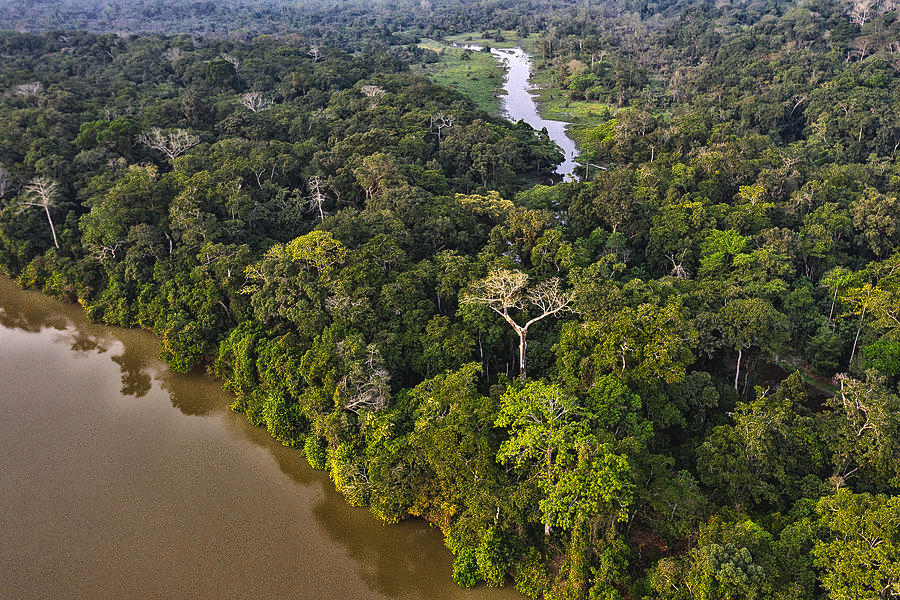
Dzanga-Sangha National Park is a UNESCO Biosphere Reserve known for its incredible biodiversity. The park is home to various wildlife species, including forest elephants, western lowland gorillas, and numerous bird species. Visitors can embark on guided treks to observe these magnificent animals in their natural habitat and explore the lush rainforests, making it a must-visit destination for wildlife enthusiasts.
2. Boganangone Falls

Boganangone Falls is a breathtaking natural wonder located in the southeastern region of the CAR. The falls cascade dramatically into a serene pool, surrounded by lush greenery and vibrant flora. Visitors can hike to the falls for stunning views and a refreshing dip in the cool waters, providing a perfect escape into nature. The beauty and tranquility of Boganangone Falls make it an ideal spot for relaxation and exploration.
3. Boali Falls

Boali Falls, located near the capital city of Bangui, is another stunning waterfall that attracts visitors with its spectacular scenery. The falls plunge into the river below, creating a picturesque landscape perfect for photography and picnicking. Visitors can enjoy the surrounding area, which features walking trails and viewpoints, making it an excellent destination for outdoor activities and relaxation.
4. Lobéké National Park
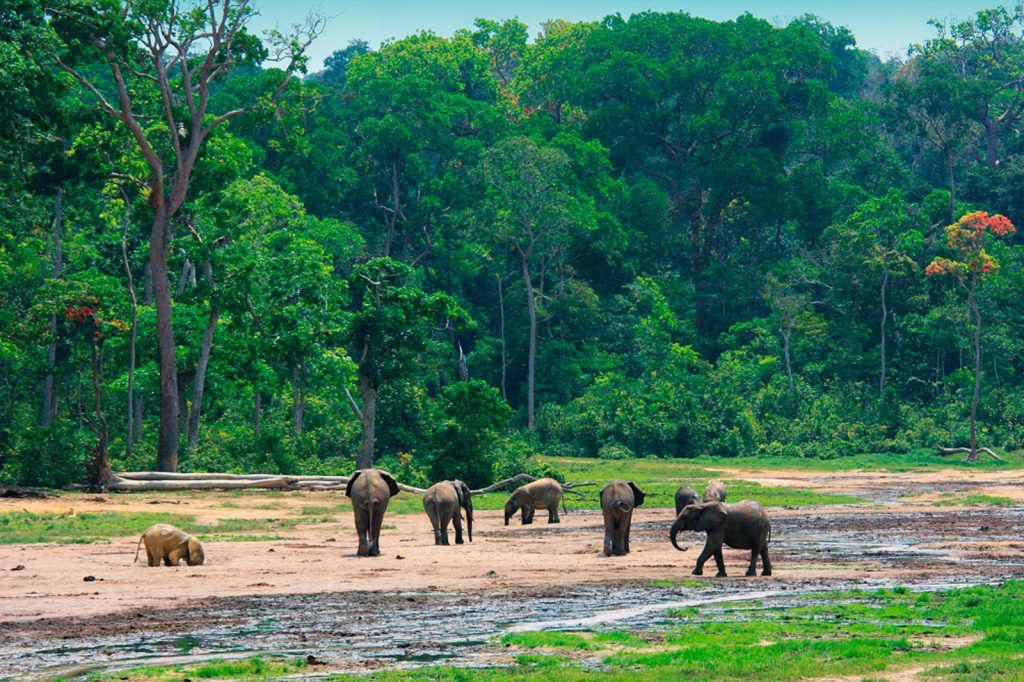
Lobéké National Park is a hidden gem in the Central African Republic, known for its rich biodiversity and lush rainforests. The park offers opportunities for wildlife watching, including sightings of elephants, gorillas, and various primate species. Visitors can partake in guided safaris and explore the diverse ecosystems, immersing themselves in the beauty of nature and wildlife conservation efforts.
5. Bangui

The capital city, Bangui, is a vibrant hub of culture and history. Visitors can explore the central market, where local artisans sell crafts, textiles, and fresh produce. The Cathedral of Bangui, a beautiful example of colonial architecture, is worth a visit, along with the National Museum, which showcases the country’s cultural heritage. Bangui offers a glimpse into the daily life of its residents and the rich traditions of the Central African Republic.
6. The River Oubangui
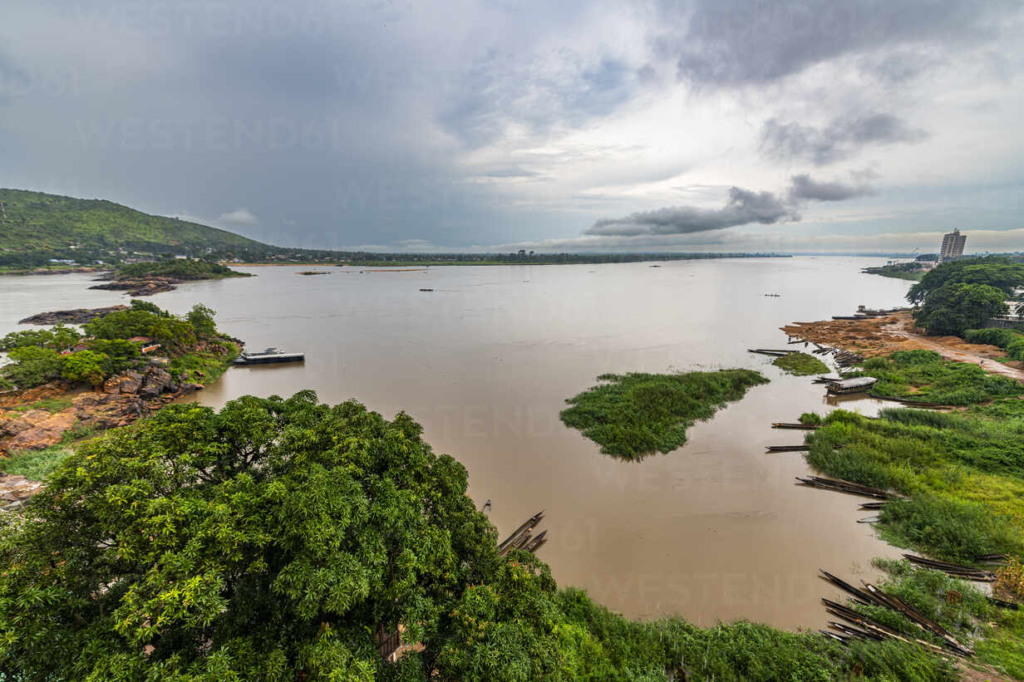
The Oubangui River serves as a natural border between the Central African Republic and the Democratic Republic of the Congo. The river is essential for transportation and trade, and visitors can take boat trips to explore its scenic beauty and diverse wildlife. The banks of the river are lined with lush vegetation, making it a peaceful spot for relaxation and birdwatching.
7. Birao
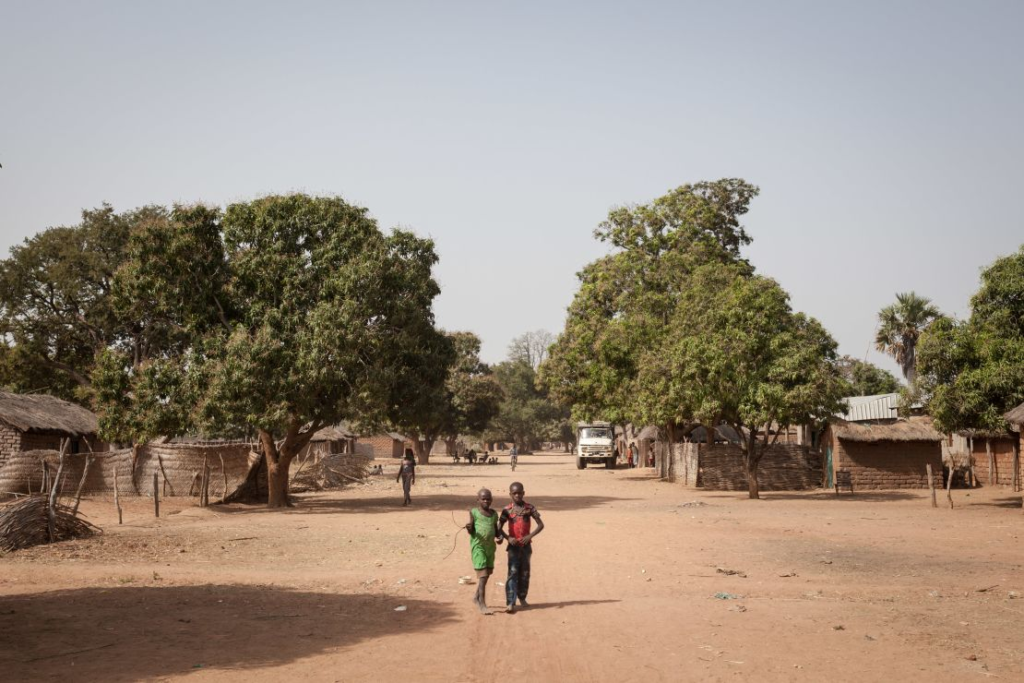
Birao is a city located in the northeastern part of the CAR, known for its stunning landscapes and cultural significance. Visitors can explore the vibrant local markets, engage with the local communities, and discover the unique customs of the indigenous groups in the region. Birao is an excellent destination for cultural immersion and experiencing the warmth of the Central African people.
8. Nola

Nola, a town in the southwestern region, is famous for its vibrant cultural traditions and historical significance. Visitors can explore the local arts and crafts scene, where artisans create beautiful sculptures and textiles. The town also serves as a gateway to nearby natural attractions, including the picturesque landscapes and wildlife of the surrounding areas.
9. Sibut
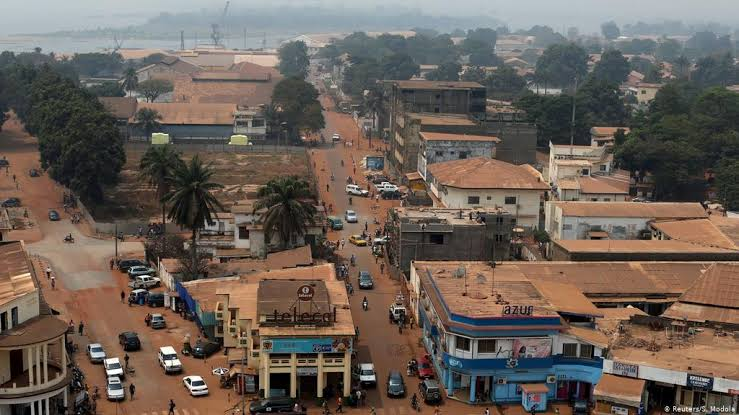
Sibut is a town known for its agricultural activities and traditional markets. Visitors can explore the local farms and learn about the agricultural practices of the region. The town offers a glimpse into the daily lives of its residents and their close connection to the land. Sibut’s warm and welcoming atmosphere makes it a great stop for travelers seeking authentic experiences.
10. The Manovo-Gounda St. Floris National Park

The Manovo-Gounda St. Floris National Park is a UNESCO World Heritage Site renowned for its diverse wildlife and stunning landscapes. The park is home to various species, including elephants, lions, and antelopes. Visitors can embark on safaris to explore the park’s vast savannas and wetlands, providing a unique opportunity to witness Africa’s natural beauty and wildlife in their natural habitat.
Culture
The culture of the Central African Republic is a rich tapestry woven from the traditions, languages, and customs of its diverse ethnic groups. The country is home to over 80 different ethnic groups, each with its own unique cultural practices and languages. The official language is French, a remnant of the colonial period, while Sango is widely spoken as a lingua franca, uniting various communities across the nation. Local languages and dialects also thrive, reflecting the cultural diversity of the country.
Music and dance play a significant role in Central African culture, serving as expressions of identity and celebration. Traditional music incorporates various instruments, including drums, balafons, and ngombi (a type of harp). Festivals and ceremonies often feature lively dances that showcase the community’s history and values. The rhythm and movement of these performances create a vibrant atmosphere, bringing people together in celebration of their shared heritage.
Traditional crafts, such as basket weaving, pottery, and wood carving, are integral to the cultural identity of the Central African Republic. Artisans use locally sourced materials to create beautiful works of art that reflect their cultural traditions and beliefs. These crafts are often passed down through generations, preserving the skills and techniques that define the local artistic heritage. Visitors can find unique handicrafts in local markets, supporting artisans and experiencing the richness of Central African culture.
Festivals
Festivals in the Central African Republic are lively celebrations that showcase the country’s rich cultural heritage and community spirit. One of the most significant festivals is the Fête de la Musique, which celebrates music and cultural expression through performances, dancing, and communal gatherings. This festival brings together various ethnic groups, promoting unity and cultural exchange through music and dance.
Another notable event is the annual Sango Day, which celebrates the Sango language and culture. This festival features traditional dances, storytelling, and performances that highlight the significance of the Sango language as a unifying force in the nation. These celebrations provide an opportunity for communities to come together, celebrate their heritage, and strengthen their cultural bonds.
The Central African Republic’s festivals reflect the warmth and hospitality of its people, offering visitors a unique opportunity to experience the vibrant traditions and values that define the nation. Engaging in these celebrations allows travelers to connect with local communities and gain a deeper understanding of the cultural richness of the CAR.
Economy
The Central African Republic’s economy is largely dependent on agriculture, which employs a significant portion of the population. The country is rich in natural resources, including diamonds, gold, and timber, but these resources are often underutilized due to infrastructural challenges and ongoing political instability. Agriculture primarily focuses on subsistence farming, with crops such as cassava, millet, and maize being cultivated for local consumption.
The CAR is also known for its mining sector, particularly diamond mining, which is a significant source of revenue for the country. However, illegal mining and conflicts in mining regions pose challenges to sustainable development. Efforts are being made to enhance agricultural productivity and develop infrastructure to support economic growth, but political and security issues continue to hinder progress.
Cuisine
Central African cuisine is a delightful blend of flavors and ingredients, reflecting the agricultural abundance of the region. Staple foods include cassava, yams, and plantains, often accompanied by rich sauces and stews made from local vegetables and meats. One of the most popular dishes is saka-saka, a dish made from cassava leaves cooked with peanuts and palm oil, showcasing the country’s agricultural bounty.
Street food is also prevalent in urban areas, with vendors offering a variety of snacks and dishes that highlight local flavors. Traditional beverages, such as malamba, a drink made from fermented sorghum, are enjoyed during social gatherings and celebrations. The diverse culinary landscape of the Central African Republic provides a delicious insight into its culture and traditions.
Top Eight Most Famous Food
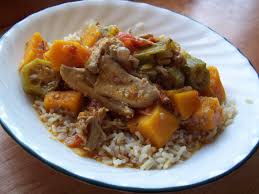
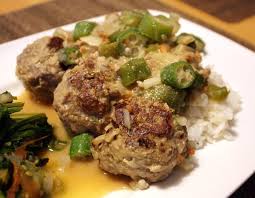
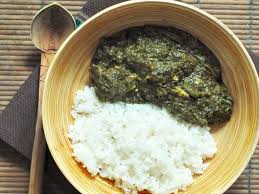


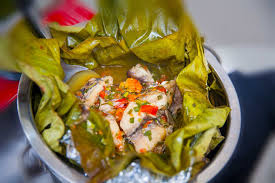


Interesting Facts
- The Central African Republic is one of the least developed countries in the world, facing numerous challenges related to poverty and infrastructure.
- The country is home to the unique Baka Pygmies, known for their traditional hunter-gatherer lifestyle and deep connection to the rainforest.
- The CAR has significant reserves of diamonds, gold, and uranium, making it rich in natural resources.
- The country is known for its rich biodiversity, with several national parks protecting endangered species and unique ecosystems.
- The Central African Republic has a population of approximately 5 million people, with over 80 ethnic groups contributing to its cultural diversity.
- The official currency is the Central African CFA franc (XAF), which is shared with several other Central African nations.
- The CAR has both French and Sango as official languages, reflecting its colonial history and cultural diversity.
- The Dja Faunal Reserve, a UNESCO World Heritage Site, is located in the CAR and is home to various wildlife species, including endangered gorillas.
- The country has a tropical climate, with distinct wet and dry seasons that influence agriculture and daily life.
- The Central African Republic is rich in oral traditions, with storytelling playing a vital role in preserving history and culture.
Conclusion
The Central African Republic is a land of contrasts, offering a unique blend of natural beauty, cultural richness, and resilient communities. Despite its challenges, the CAR is home to breathtaking landscapes, diverse wildlife, and vibrant traditions that captivate the hearts of travelers.
From exploring the stunning national parks to immersing oneself in the warmth of local communities, visitors are sure to discover the magic of this often-overlooked African gem. As the country works towards peace and development, the Central African Republic invites you to embark on a journey of discovery, connection, and adventure.
let’s enjoy few years on earth with peace and happiness….✍🏼🙏
